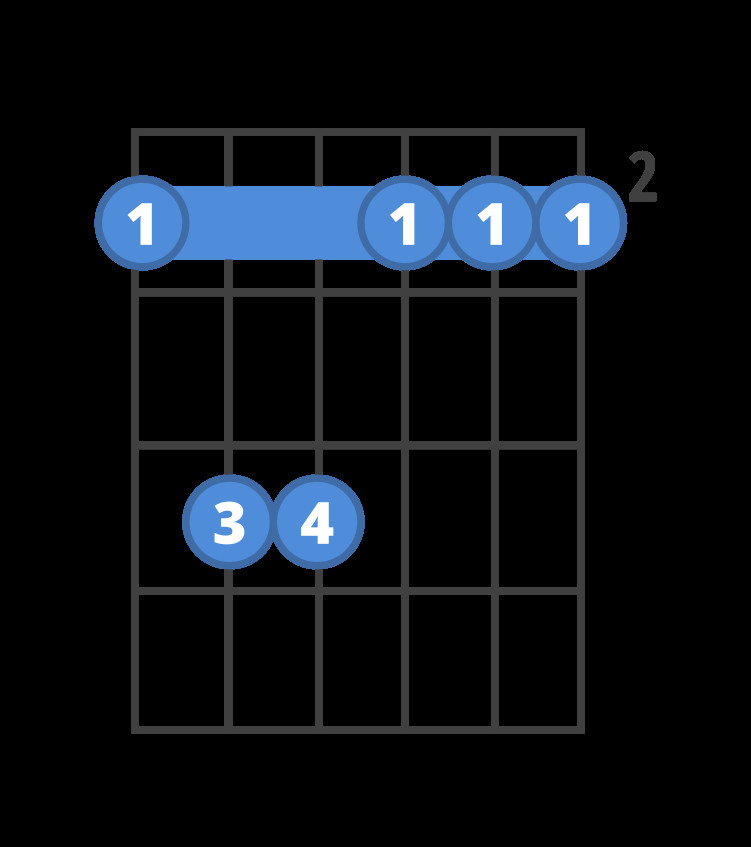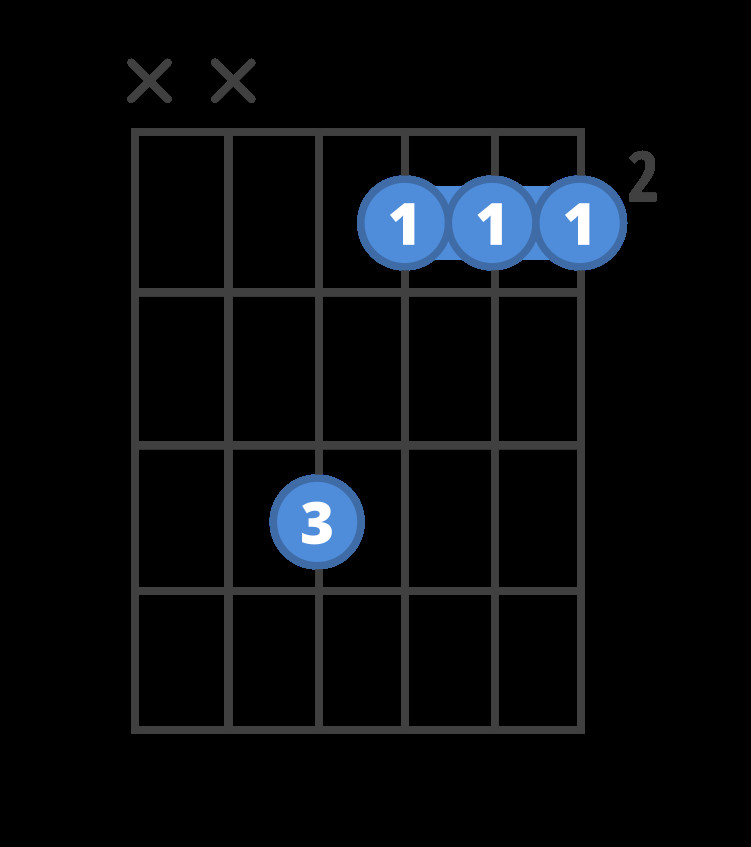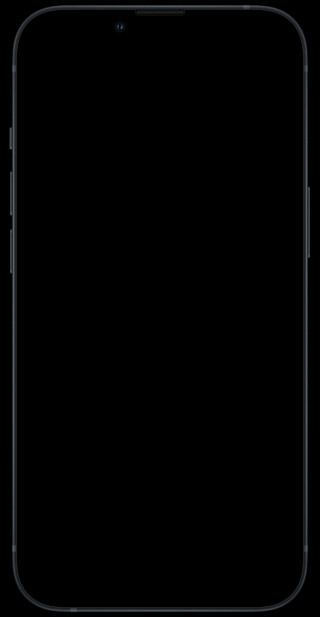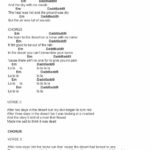The F# minor chord (F#m) is a frequently encountered chord in guitar playing, yet it often presents a hurdle for beginners. If you’ve ever found yourself stumped by F#m, you’re certainly not alone. In fact, it’s consistently one of the most searched-for guitar chords online. The primary reason for this difficulty lies in the common method of playing it: the barre chord. Barre chords, where one finger presses down multiple strings simultaneously, demand finger strength and dexterity that take time to develop.
However, the good news is that there isn’t just one way to play the F#m chord. This guide will walk you through three distinct methods, progressing from the most challenging standard barre version to simpler alternatives, including one that eliminates the barre entirely. We’ll break down each version step-by-step, offering insights and tips to help you conquer the F#m chord and integrate it into your guitar playing.
The Standard F#m Barre Chord: A Foundational Technique
This is the classic and most widely taught version of the F#m chord. While it might seem daunting at first, mastering this barre chord shape is a valuable step in your guitar journey, opening up access to countless other chords and songs. If you’re new to barre chords, it’s perfectly acceptable to start with the easier versions below and return to this one as your hand strength improves.
 Chord diagram for the F#m guitar chord.
Chord diagram for the F#m guitar chord.
Here’s how to form the standard F#m chord:
- First Finger Barre: Place your first finger across all six strings at the 2nd fret. Ensure you’re using the side of your finger and applying firm pressure just behind the fret to get a clean sound from all strings.
- Third Finger Placement: Position your third finger on the 5th string (A string), 4th fret.
- Fourth Finger Placement: Place your fourth finger on the 4th string (D string), 4th fret, right next to your third finger.
- Strumming: Strum all six strings from the 6th string (thickest string) down to the 1st string (thinnest string).
The key challenge here is the barre. Beginners often struggle to apply even pressure across all strings with their first finger, resulting in buzzing or muted notes. Consistent practice is crucial. Focus on pressing firmly but efficiently – you don’t need to squeeze with all your might. Make sure your thumb is positioned behind the neck to provide leverage and support.
For a deeper dive into barre chord techniques and troubleshooting common issues, explore resources dedicated to mastering barre chords.
The Easier 4-String Barre F#m Chord: A Stepping Stone
Recognizing that full six-string barre chords can be tough for beginners, a simplified barre version exists. This variation reduces the barre length, making it easier to execute while still producing a recognizable F#m sound. It’s an excellent stepping stone towards the full barre and a useful chord in its own right.
 Chord diagram for the F#m guitar chord.
Chord diagram for the F#m guitar chord.
Here’s how to play the easier 4-string barre F#m:
- First Finger Partial Barre: Place your first finger across the top four strings (from the 3rd string to the 1st string – G, B, and high E strings) at the 2nd fret. Focus on getting a clear sound from these strings.
- Third Finger Placement: Place your third finger on the 4th string (D string), 4th fret.
- Strumming: Strum only the thinnest four strings – from the 4th string (D string) down to the 1st string (high E string). Avoid strumming the 5th and 6th strings.
This version is significantly easier on the fretting hand as it requires less pressure and precision from the barre finger. It’s a great way to start building barre chord strength and familiarity with the F#m shape without the frustration of a full six-string barre. As your barre technique improves with this smaller version, you can gradually transition to the standard F#m barre chord.
The No-Barre F#m Chord: Simplicity and Accessibility
For absolute beginners or situations where speed and minimal effort are paramount, a no-barre version of the F#m chord offers a simplified alternative. This version focuses on just the top three strings and is incredibly easy to fret. While it’s a partial voicing of the chord, it can be perfectly suitable for certain musical contexts, especially when playing fingerstyle or lighter strumming patterns.
- First Finger Placement: Place your first finger on the 3rd string (G string) at the 2nd fret.
- Second Finger Placement: Place your second finger on the 2nd string (B string) at the 2nd fret.
- Third Finger Placement: Place your third finger on the 1st string (high E string) at the 2nd fret. All three fingers will be on the 2nd fret, on consecutive strings.
- Strumming: Strum only the thinnest three strings – the 3rd, 2nd, and 1st strings. Crucially, avoid strumming the thicker 6th, 5th, and 4th strings.
This no-barre F#m is the easiest of the three variations. It’s ideal for quickly getting an F#m sound and is particularly useful when learning chord changes. Be mindful of only strumming the designated strings to maintain the correct chord voicing.
Tips and Practice for a Solid F#m Chord
Regardless of which version you choose to learn, consistent and focused practice is key. Here are some tips to help you master the F#m guitar chord:
- Finger Placement: Ensure your fingers are positioned just behind the frets. This requires less pressure and produces a cleaner sound.
- Finger Pressure: Use only the necessary amount of pressure to fret the strings cleanly. Excessive pressure leads to fatigue and doesn’t improve the sound.
- Thumb Position: For barre chords, position your thumb on the back of the guitar neck, opposite your first finger. This provides leverage and reduces strain.
- Practice Chord Transitions: Once you can form the F#m chord, practice smoothly transitioning to and from other common chords like A major, D major, and E major. This is essential for playing songs.
- Listen for Clarity: Strum the chord slowly and listen carefully to each string. Identify any buzzing or muted strings and adjust your finger pressure and placement accordingly.
- Short, Frequent Practice: Short, regular practice sessions (10-15 minutes daily) are more effective than infrequent long sessions. Muscle memory develops gradually over time.
- Use Practice Tools: Utilize online guitar chord practice tools and apps that can provide feedback and track your progress.
Integrating F#m into Your Guitar Repertoire
The F#m chord is a common minor chord found in many genres of music, including pop, rock, folk, and blues. Understanding how to play it unlocks a vast number of songs. It frequently appears in chord progressions alongside chords like A major, D major, E major, and C# minor.
To start using the F#m chord in a musical context, try practicing simple chord progressions like:
- F#m – A – E – D
- F#m – D – A – E
- C#m – F#m – A – E
Experiment with strumming patterns and tempos to get a feel for how the F#m chord fits within different musical styles. As you become more comfortable with the chord, start learning songs that feature F#m. This practical application is the most rewarding way to solidify your learning.
Practice Resources to Accelerate Your Learning
To further enhance your F#m chord learning experience, consider utilizing interactive practice tools. Resources like ChordBank offer games and flashcards specifically designed for learning and practicing guitar chords, including F#m. These tools can make practice more engaging and efficient, helping you build muscle memory and improve your chord transitions.
 iPhone mockups displaying ChordBank games and flashcards.
iPhone mockups displaying ChordBank games and flashcards.
Specifically, ChordPop! and Blackjack games can make chord practice fun and interactive. Smart Flashcards focusing on chord combinations like F#m and A, or F#m, A, D, and E, are excellent for developing smooth chord changes.
Conclusion: Conquer the F#m and Expand Your Guitar Skills
The F#m guitar chord, while initially challenging, is a fundamental chord to master for any aspiring guitarist. By understanding the different ways to play it – from the standard barre to simpler alternatives – and by employing consistent practice techniques, you can confidently add this chord to your playing arsenal. Embrace the process, be patient with yourself, and enjoy the musical possibilities that unlocking the F#m chord will bring to your guitar playing.


